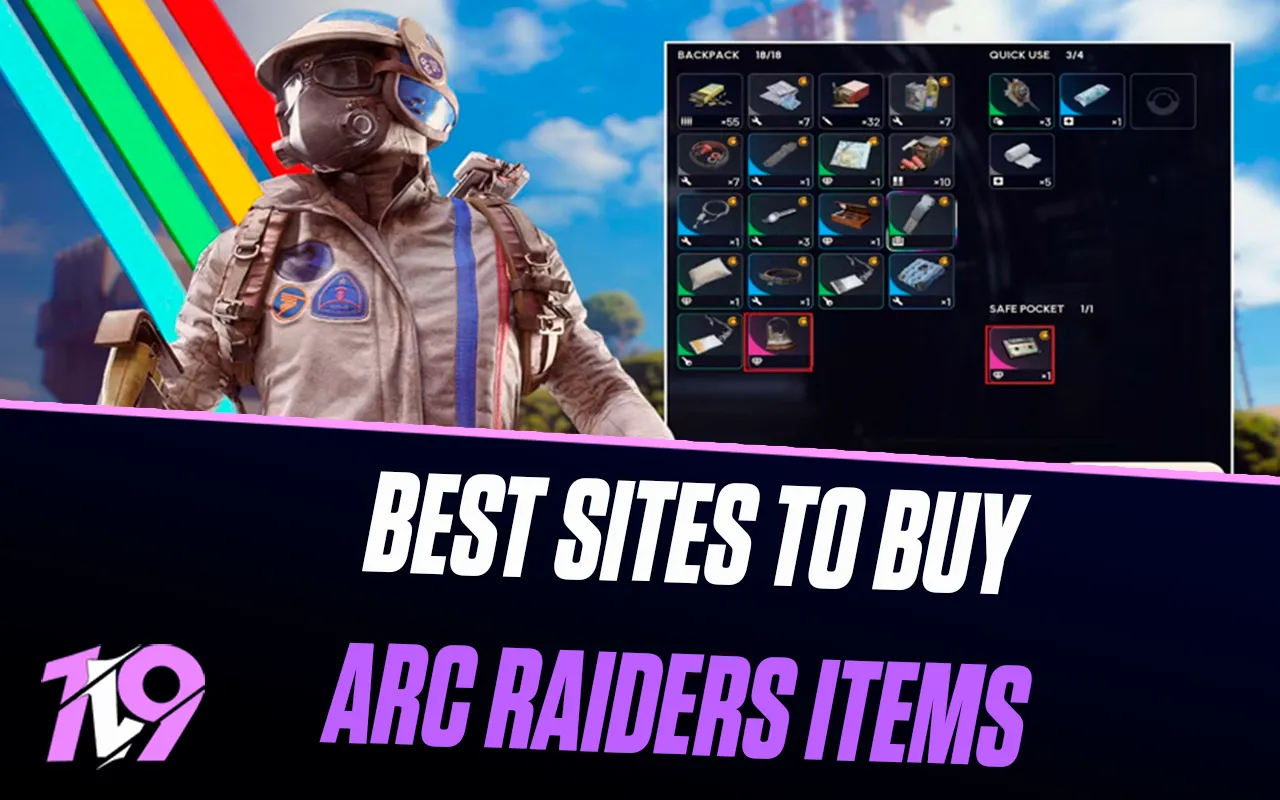
Can't Change Install Path in Valorant? Fixed!
Changing the installation path for Valorant can seem daunting due to the intricacies of the Riot client, but it’s essential for managing storage or optimizing performance. Whether you’re running out of space on your primary drive or encountering restrictions on the current path, altering the installation directory is a common necessity.
While many games offer straightforward solutions for changing install locations, Valorant requires a few additional steps. First and foremost, verify that your desired new location has sufficient free space. If a simple path change through the client settings isn’t effective, a more robust solution involves uninstalling Valorant and the Riot client completely.
When reinstalling, carefully choose the new destination for the installation during the setup process. This ensures that both the game and the Riot client are aligned with your storage and performance needs.
If you're experiencing difficulties altering Valorant's install path, follow these detailed steps to navigate the process smoothly. This guide is designed to help you manage your game installation effectively, ensuring a seamless gaming experience.
How to Change Valorant Install Path

To change the installation path for Valorant, a little navigation and manual tweaking is required due to the way Riot Games manages its game files. Here's a streamlined guide to help you move your Valorant installation to a new location on your system:
1. Locate the Current Installation:
Start by finding where Valorant is currently installed, typically within the Riot Games directory on your drive.
2. Check Space Requirements:
Ensure the new destination has enough space by comparing it with the size of your current Valorant folder. Clear out unnecessary files if space is tight.
3. Copy and Move the Installation:
Select and copy the entire Valorant and Riot Client folders. Paste them into the new desired location. After verifying that the files are copied correctly, you can delete the old files to free up space.
4. Update System Paths:
Navigate to C:\ProgramData\Riot Games and find the RiotClientInstalls.json file. Open this file with Notepad, and update the installation paths to the new directory.
5. Adjust Game Settings File:
In the Riot Games folder, open the Metadata directory and then the valorant.live folder. Here, edit the valorant.live.product_settings.yaml with Notepad, changing the product_install_full_path and product_install_root to the new location.
This method, although a bit cumbersome, ensures that your game links correctly to the new path without reinstalling. Remember to backup important files before making changes to avoid data loss. With these steps, your Valorant game should now launch from the new location without issues.
Can't Change Install Path

If you've tried changing the install path for Valorant following the detailed steps but still can't get the game to launch correctly, here are a few additional strategies you might consider to resolve the issue:
#1: Verify the Configuration
A frequent cause for issues after changing the install path of Valorant is incorrect configuration settings. To avoid this, carefully review each step you've taken. Consider copying and pasting the directory paths directly from this guide to ensure accuracy. Double-check the changes made to the "RiotClientInstalls.json" and "valorant.live.product_settings.yaml" files for any discrepancies. Accurate entry of these paths is crucial for the Riot Client to recognize the new installation location and run the game properly.
#2: Check Storage Availability
After moving Valorant to a new location, it's crucial to verify that the destination drive has sufficient space. Insufficient storage can lead to incomplete file transfers, causing the game to malfunction. To avoid such issues, always ensure there's at least an extra gigabyte of free space beyond the game's requirements on the new drive. This buffer helps accommodate any temporary files or updates that may need to be installed during the game's operation.
#3: Execute Valorant with Administrative Privileges

If you're experiencing issues after relocating Valorant, running the game with administrative privileges can sometimes resolve these problems. To do this, right-click on the Valorant shortcut on your desktop and choose "Run as administrator." Alternatively, you can press the Windows key, type "Valorant" into the search bar, right-click on the game from the search results, and select "Run as administrator." This method can help ensure the game has the necessary permissions to operate correctly from its new location.
#4: Reinstall Valorant

If all else fails and changing the install path remains problematic, a straightforward solution is to uninstall and then reinstall Valorant. Although reinstalling may seem like a step back, it often proves simpler and more effective than troubleshooting transfer issues. This approach is particularly advisable if you have a robust internet connection, as it can save time and eliminate potential errors from the previous installation. Simply uninstall Valorant and the Riot client, then reinstall them at your desired location for a clean setup.
Conclusion
Changing the installation path of Valorant can be a bit tricky due to the specific steps involved with the Riot Games client. However, by following the detailed guide above, you should be able to successfully move Valorant to a new location on your computer. Whether you opt to manually transfer files and adjust configurations or choose to uninstall and reinstall the game for simplicity, these methods are designed to help you manage your game's installation effectively. Remember, if you encounter persistent issues, a fresh install is often the most foolproof solution. Happy gaming, and may your Valorant experience be as seamless as possible!
Posted On: May 11th, 2024
Recent Articles
💬 Need help?
Our 1v9 support team is available 24/7 to help you with any questions or issues you may have.
support@1v9.gg
Loading...
1v9.gg is not endorsed or affiliated by any game developers or publishers.
2025 1v9, All Rights Reserved, Created By NightDev







